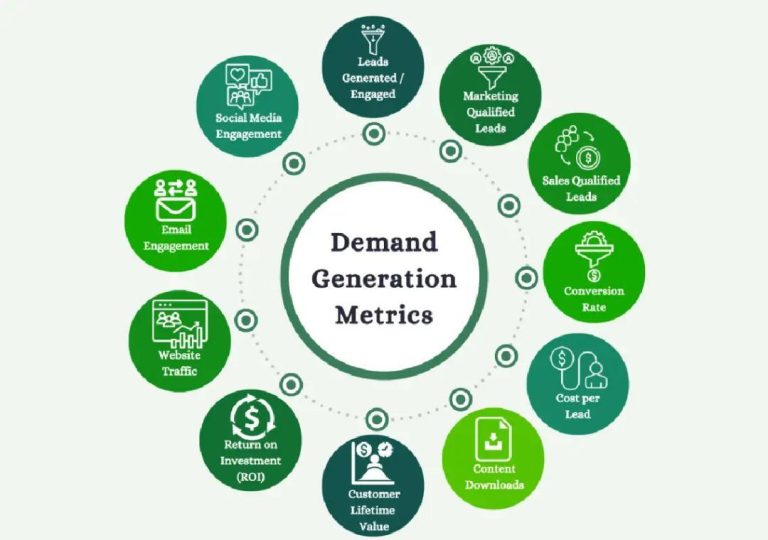
AI Boosts Marketing Floor Efficiency Without Extra Hires
In today’s fast-paced digital landscape, the marketing landscape is constantly evolving, and businesses are under immense pressure to stay ahead of the competition. One of the most significant challenges marketers face is managing their workload efficiently and effectively, without compromising on quality. The good news is that AI (Artificial Intelligence) is stepping in to bridge this gap, enabling marketing teams to work smarter, not harder.
According to a recent report, AI is being increasingly used by enterprises to fill operational gaps in their marketing teams. This trend is particularly evident in tasks such as round-the-clock monitoring, performance diagnosis, and repetitive data pulls. By leveraging AI, companies are able to maintain their output without scaling headcount, a significant boon for businesses looking to streamline their operations.
In this blog post, we’ll explore the ways in which AI is transforming the marketing floor, and how it’s enabling businesses to achieve greater efficiency without requiring additional hires.
Round-the-Clock Monitoring
One of the most significant challenges marketers face is monitoring their campaigns in real-time. This requires a significant amount of time and resources, which can be difficult to manage, especially for smaller teams. AI-powered monitoring tools, on the other hand, can continuously monitor campaigns, identifying issues and sending alerts to the marketing team as needed.
For example, AI-powered chatbots can be used to monitor social media channels, identifying and responding to customer queries in real-time. This not only improves customer satisfaction but also frees up human marketers to focus on more strategic tasks.
Performance Diagnosis
Another area where AI is making a significant impact is in performance diagnosis. Traditional approaches to diagnosing campaign performance often involve manual analysis and interpretation of data, a time-consuming and labor-intensive process. AI-powered analytics tools, on the other hand, can quickly and accurately diagnose performance issues, providing marketers with actionable insights to optimize their campaigns.
For instance, AI-powered attribution modeling can help marketers understand the impact of different marketing channels on their bottom line, enabling them to optimize their budget allocation and maximize ROI.
Repetitive Data Pulls
Finally, AI is also being used to automate repetitive data pulls, freeing up human marketers to focus on more creative and strategic tasks. For example, AI-powered data integration tools can automatically pull data from multiple sources, eliminating the need for manual data entry and reducing the risk of human error.
Shifting Hiring Priorities
So, what does this mean for HR leaders and marketers? According to a recent report, the trend towards AI adoption in marketing is shifting hiring priorities towards creative and strategic roles. As AI takes over routine and repetitive tasks, marketers are being freed up to focus on higher-level tasks that require creativity, strategy, and human judgment.
This shift is particularly significant, as it recognizes the value that human marketers bring to the table. While AI can analyze data and identify trends, it’s human marketers who have the creativity and strategic thinking to develop innovative campaigns that resonate with customers.
Conclusion
In conclusion, AI is revolutionizing the marketing floor, enabling businesses to achieve greater efficiency without requiring additional hires. By automating routine and repetitive tasks, AI is freeing up human marketers to focus on more creative and strategic tasks, such as developing innovative campaigns and building strong customer relationships.
For businesses looking to stay ahead of the competition, the adoption of AI in marketing is not just a trend, but a necessity. By embracing AI, businesses can not only improve their operational efficiency but also drive greater ROI and customer satisfaction.
Source: https://www.intellsys.ai/






